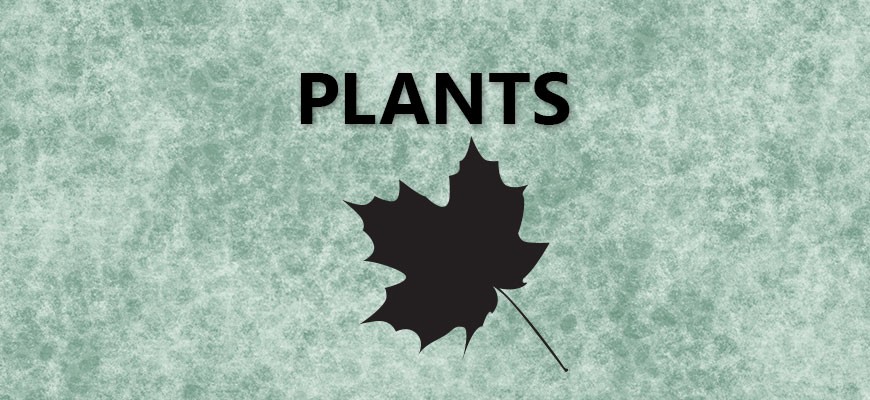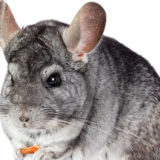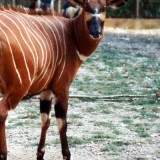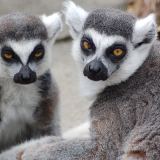Scientific Name
Phyllostachys aureosulcata
Origin
Native to eastern Asia and especially in Northeastern China.
Habitat
Grows best in areas of partial to full sun. In the wild it would be found along woodland edges, where there is dappled shade.
Growth Nature
Can grow to heights of 10 – 45 ft. subject to growing conditions. Spreads by roots/rhizomes. Highly invasive.
Points of Interest
- Highly invasive. Should be planted in close containers or areas where roots can be restricted from growing.
- Named for the yellow groove on each internode of a cane.
- A hardy plant, can overwinter in most of the southeastern U.S.
- Highly drought tolerant. Does well in city areas with air pollution problems. Can even deal with being planted near Black Walnut trees.
- Used as a source for paper pulp and as construction materials. Young shoots are edible.
- Grown commonly for a screening hedge, in rain gardens and as windbreaks.
- Bamboo is actually a type of grass. Grasses did not evolve until about 30 – 40 million years ago, long after the classic large dinosaurs had disappeared.







